Advertisement
Advertisement
Toby Hagon recently returned from Scotland where he spent a couple of long days in the Ineos Grenadier, and with its chief engineer. Here’s what he thought of it.
There’s nothing like a soupy section of slushy mud to really test the mettle of a 4×4. It was the perfect challenge for our Ineos Grenadier in what was our first taste of the vehicle trying to tempt people out of a LandCruiser 70-Series or older Land Rover.
What made this deeply rutted muddy track that little more challenging was the stream carving through it to make things that little bit slushier. Some nicely placed rocks added to the excitement. Twenty or more tyre tracks before it chopped things up nicely.
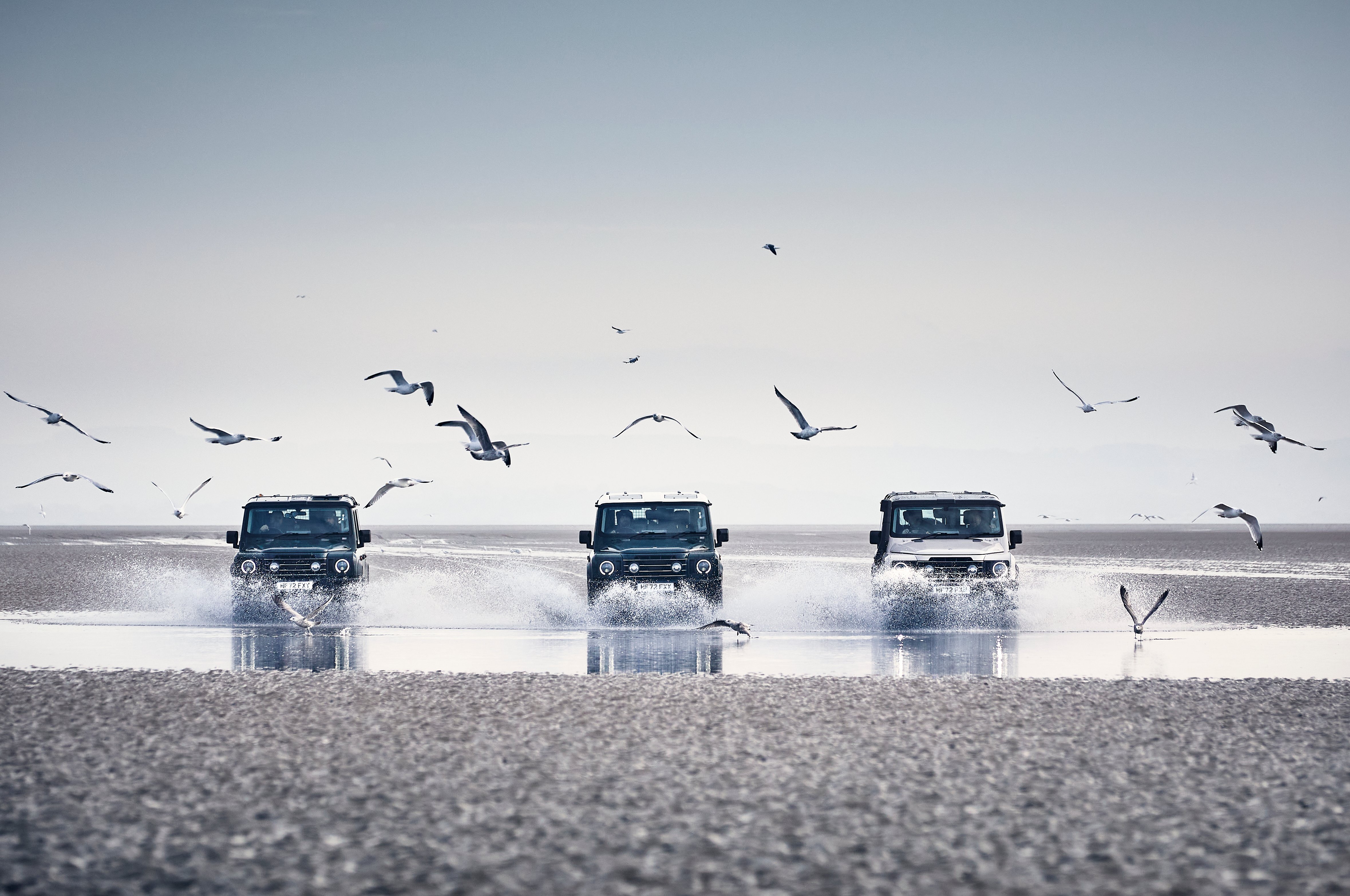
The combination of serious sludge and a steep-ish climb were as much a test of tyre traction as they were the ability of the Grenadier, the most exciting four-wheel drive newcomer in years. But with all three diffs locked and some momentum on board the Grenadier pounded through, the occasional grazing of the steel bash plates doing little to slow progress.
It was an impressive demonstration for a four-wheel drive we sort of knew we’d love before we launched ourselves into the boxy – and lofty – cabin.
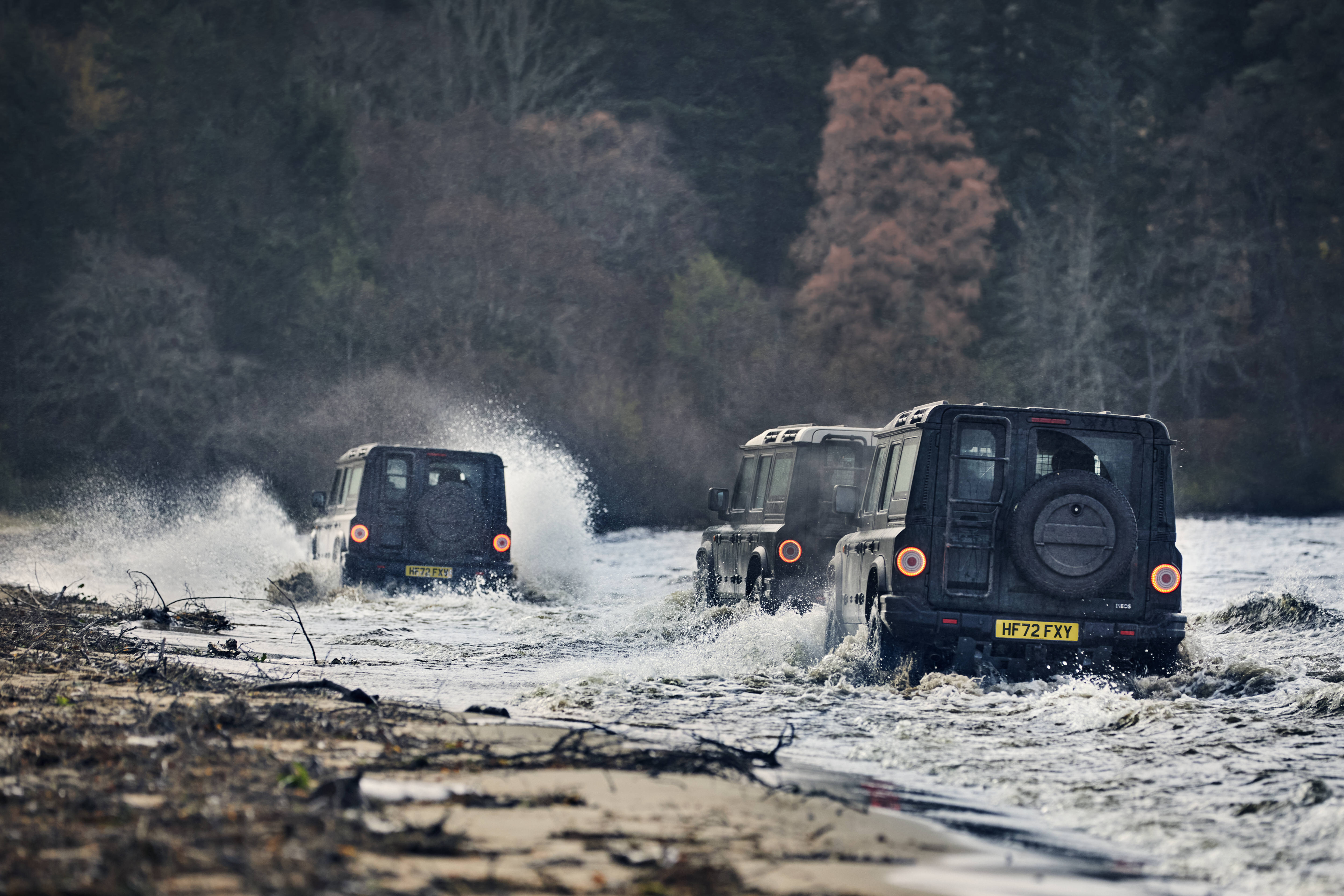
The Grenadier is old school, right down to its Land Rover-inspired styling, which is no mistake; the brand initially approached Land Rover about buying the tooling for the previous Defender.
There are live axles front and rear, a chunky ladder frame chassis and proper underbody protection. You select low-range by wrestling with a stubby gear lever and pull on a lever to apply the handbrake. There’s even a wading mode that temporarily disables the thermo fan to reduce the risk of damage while traversing up to 800mm of water.
The latest arrival on the four-wheel drive scene also does without electric seats so you can hose out the cabin without a risk of sparks and inaction. All of which gives you an idea of the thinking behind the Grenadier. It’s no ordinary off-roader. The car is the result of a boozy night in a London pub and a love affair with the ‘real’ Defender.
The blokes downing those ales were execs from British-based petro-chemicals giant Ineos, which also owns one-third of the Mercedes-AMG F1 team.
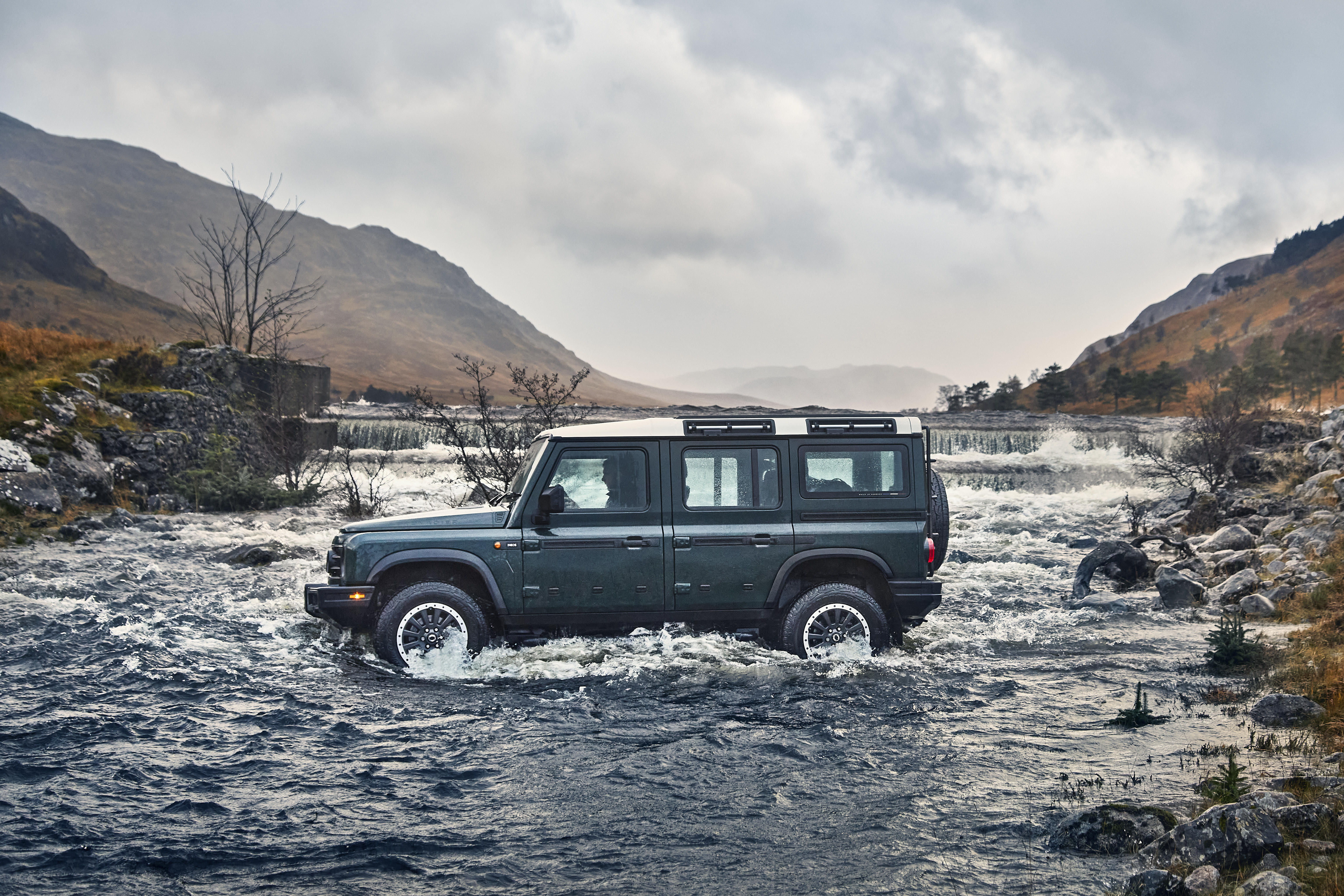
The boss of the company, Sir Jim Ratcliffe, is also Britain’s richest person and a man who’s more than happy to swap the corporate jet for the dust and dunes of Africa. He’s effectively created his ultimate 4×4.
“What we tried to do with the Grenadier is try to get it looking quite cool … LandCruiser reliability and off-road capability as good as it gets,” Ratcliffe tells us at a stately Scottish castle before we set off on this northern hemisphere adventure. “That’s where we set off five years ago. I think that’s where we’ve hopefully finished up.”
Sir Jim owns Mercedes-Benz G-Wagens and clearly has a soft spot for Land Rover Defenders. But he also wanted a car that ticked all the off-road boxes – capable, reliable, practical and built for purpose – without a price tag that would see it remaining slick, schmick and unused in the garage.
With the last real Defender rolling off the Solihull line in 2016 Ineos decided action was needed.
A sketch was made and the cast was set. Ineos would be building a car.
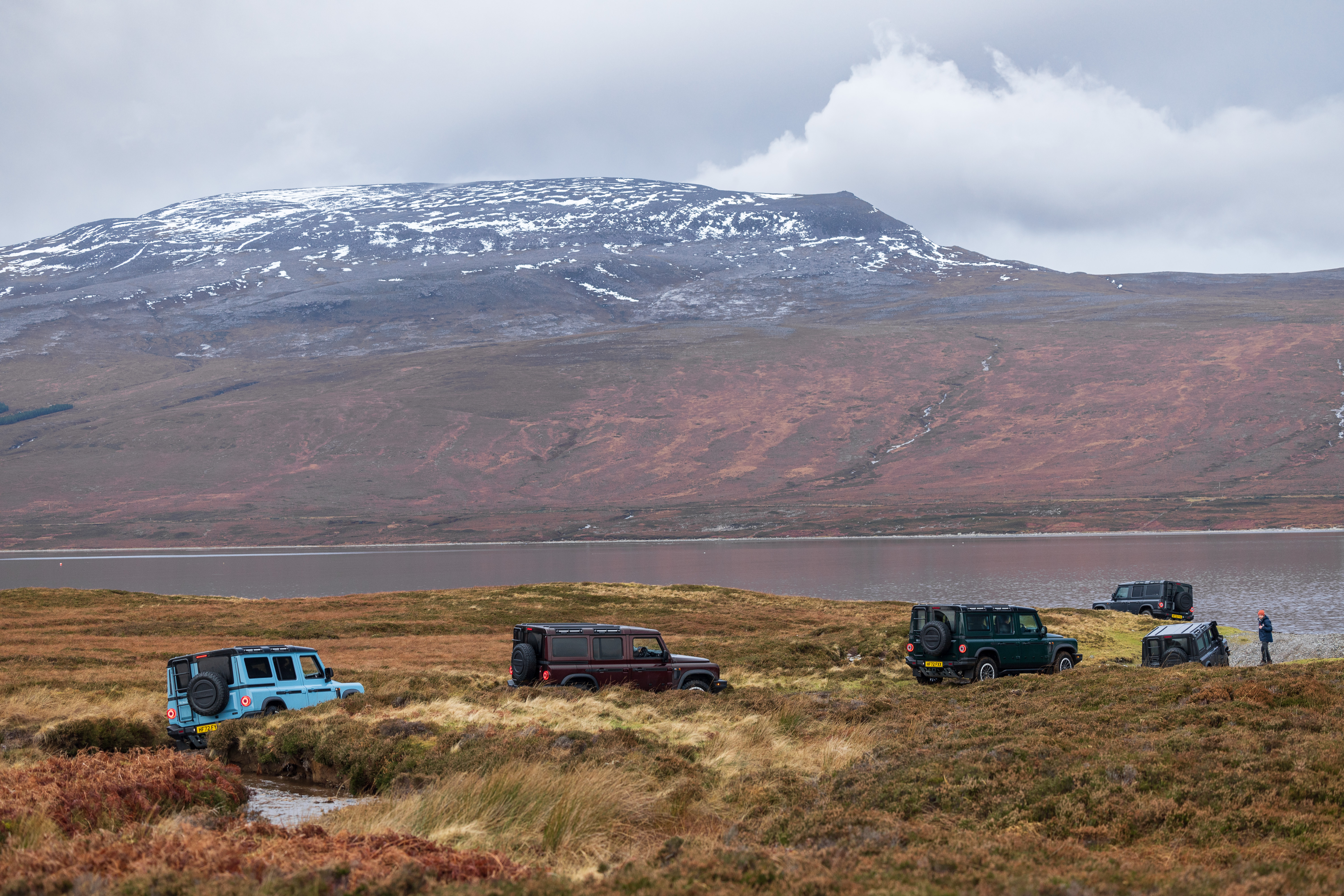
Of course, drizzly green fields and mossy rocks are a world away from the red dirt and vast corrugated plains that make up so much of the Aussie outback. But it’s enough to learn the bones of 4×4 greatness are there.
The kerb weight tells part of the story.
The Ineos is slightly shorter than a Prado but wider. Despite lacking much of the safety tech and luxury permeating all new vehicles, the Grenadier weighs close to 2.7 tonnes. There’s a wagon version with two seats – it can take a full-sized pallet – but all others have five seats.
Engineers quietly admit they’ve overcompensated with the size of drive shafts and the ladder frame, the latter of which took three years to perfect. Clearly no corners were cut along the Grenadier development journey, which covered dozens of countries (Australia included) over 1.8 million kilometres. It also went 50 per cent over budget, ultimately costing 1.5 billion Euros, or closer to $2.3 billion.
That engineering focus goes for the engines, too, which were sourced from BMW.
There’s the choice of petrol or diesel propulsion, each a 3.0-litre inline six-cylinder turbo.
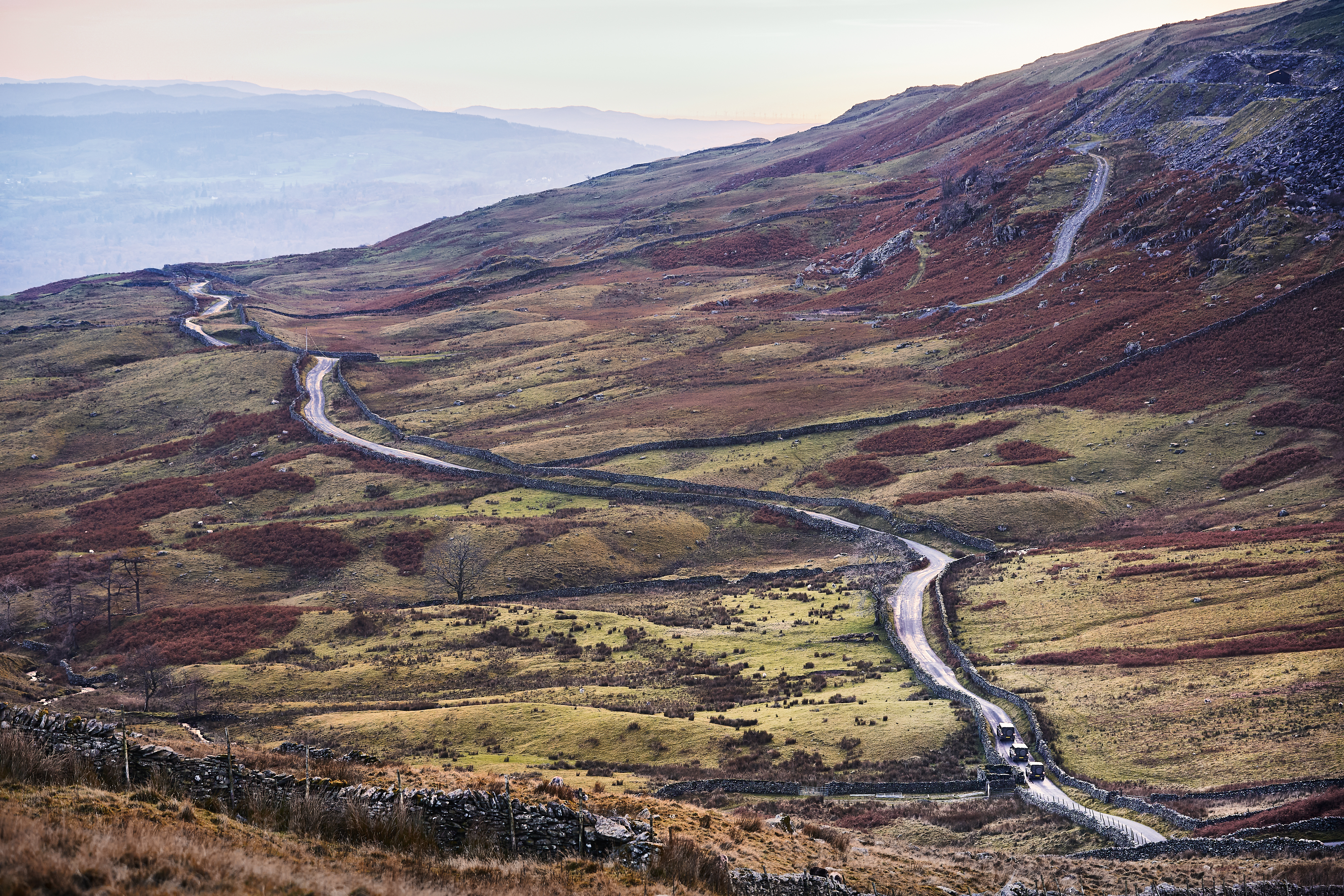
The petrol makes 210kW and 450Nm while the diesel is good for 183kW and 550Nm. Each is hooked up to an eight-speed ZF automatic.
It’s proven tech, although Ineos has pulled the peak engine revs back from what they achieve in a BMW. All with the aim of straining the engine less and hopefully getting it to last a few more years.
In either guise, there’s decent pull. The petrol likes to be pushed harder while the diesel grunts away.
Despite the German pedigree – something reinforced by the joint British and German flag on the front guard – there’s more of a gravelly nature to the way the engines go about their business. It’s a welcome dose of character that’s oozing from every edge and corner of the Grenadier.
That character flows through to its driving manners, too. On the road it’s a handful – literally. Recirculating ball steering needs a good twirl to elicit any sort of reaction and you need to unwind it coming out of a corner. It keeps you busy.
Fortunately the cabin is a comfy place, except for the raised floor near your left foot; it’s a result of the exhaust plumbing beneath the floor and leaves things unnaturally high. But supportive Recaro seats hug in all the right places and the broad central infotainment screen (which also incorporates the instrument cluster) adds some tech and trinkets. The aircraft-style roof-mounted switches and buttons are a nice touch – and functional, especially if you’re adding accessories.
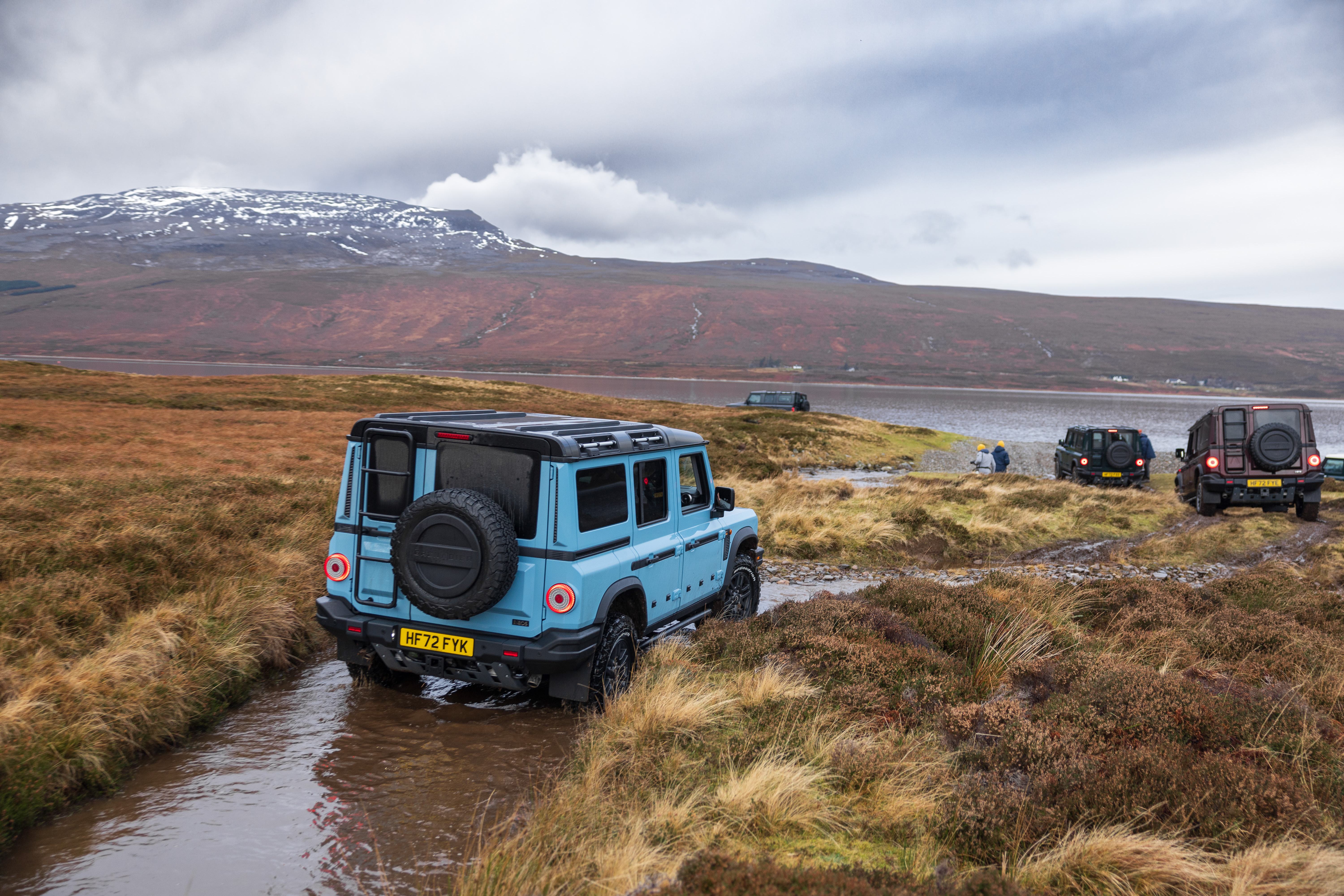
The way the Grenadier deals with bumps is more convincing, suitably supple coil springs soaking up anything in its way. It’s nicely controlled, too, the boxy body settling swiftly.
But those narrow bitumen stints were rare on our first acquaintance with the Grenadier.
There were loads of gravel tracks, many rutted, rocky and peppered with potholes. The Grenadier pounds over them with little fuss. There’s a solidity and confidence that encourages you to push on. It’s clearly a 4×4 unafraid of some big hits. That it has a payload around 900kg (depending on spec and accessories) is impressive.
Our Scottish expedition also required many stints in low range. Descending steep hills showcases terrific engine braking once you lock it in first gear. There’s electronic descent control for those who prefer to let the electronics do the work.
Climbing rocky and choppy tracks allows the suspension to show off its excellent articulation. Wheels fold deep into the arches and droop when unladen. It’s a reminder of the benefits of live axles.
A full 264mm of clearance limits underbody scuffs, although the protection covering key components gives you confidence to push on. As do the recovery points. There are two at either end, each rated to 4.5 tonnes and each capable of being pulled at a 45 degree angle.
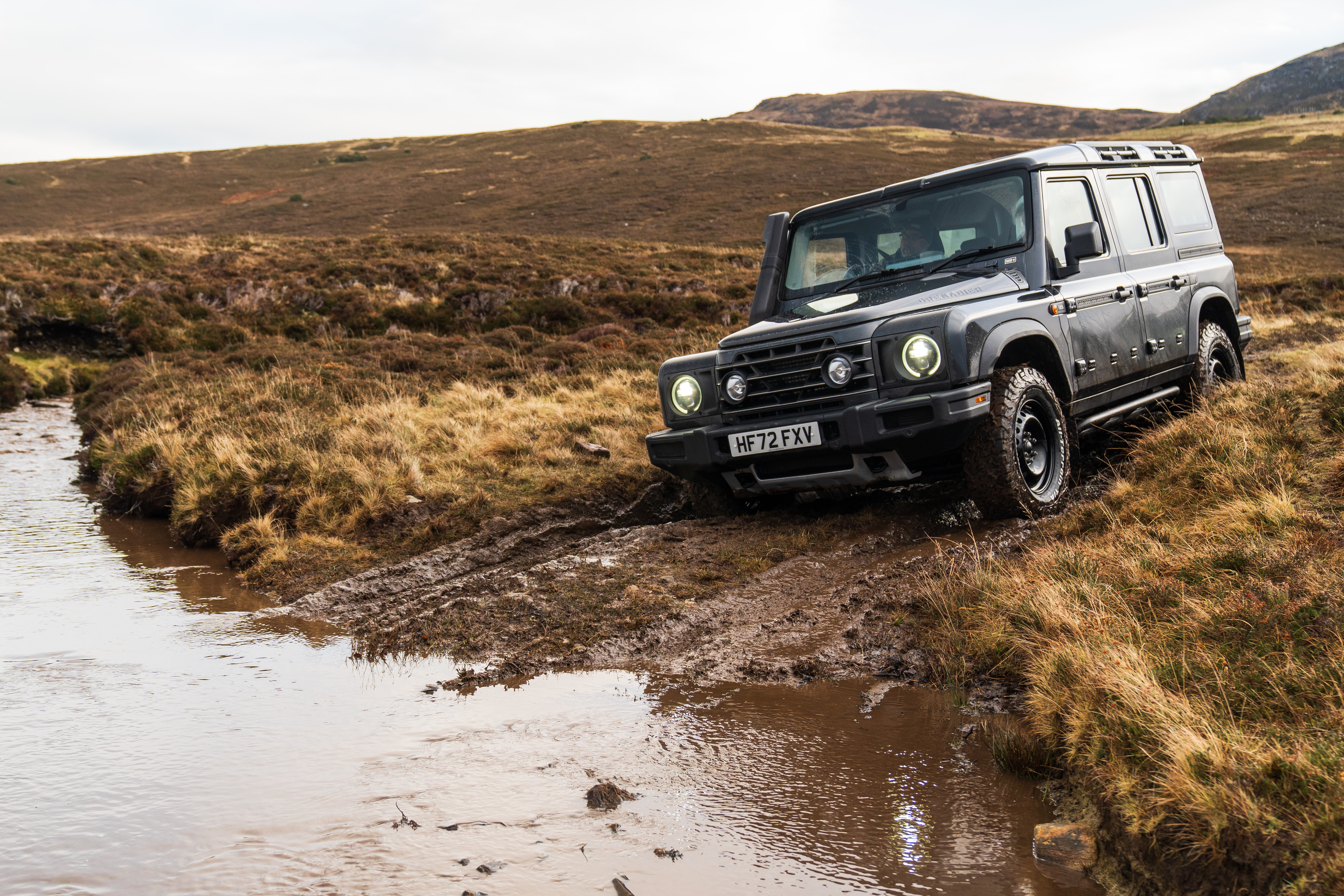
But if anything, it’s the cleverness built into the Grenadier elsewhere that shows it’s adventure ready. Exterior accessory ‘belts’ and luggage tie-down points take quick-release rings. The things that mimic Land Rover’s iconic alpine windows are actually tie-down points for whatever you strap to the roof (it also has a static load limit of 420kg) and the tailgate-mounted spare wheel has a small storage binnacle for wet or dusty gear.
There’s also a vast range of accessories, including a raised air intake (it’s not water tight) and snorkel that bolt onto the side air intake with little change to the plumbing. Pre-wiring for additional lights makes mounting them a snip.
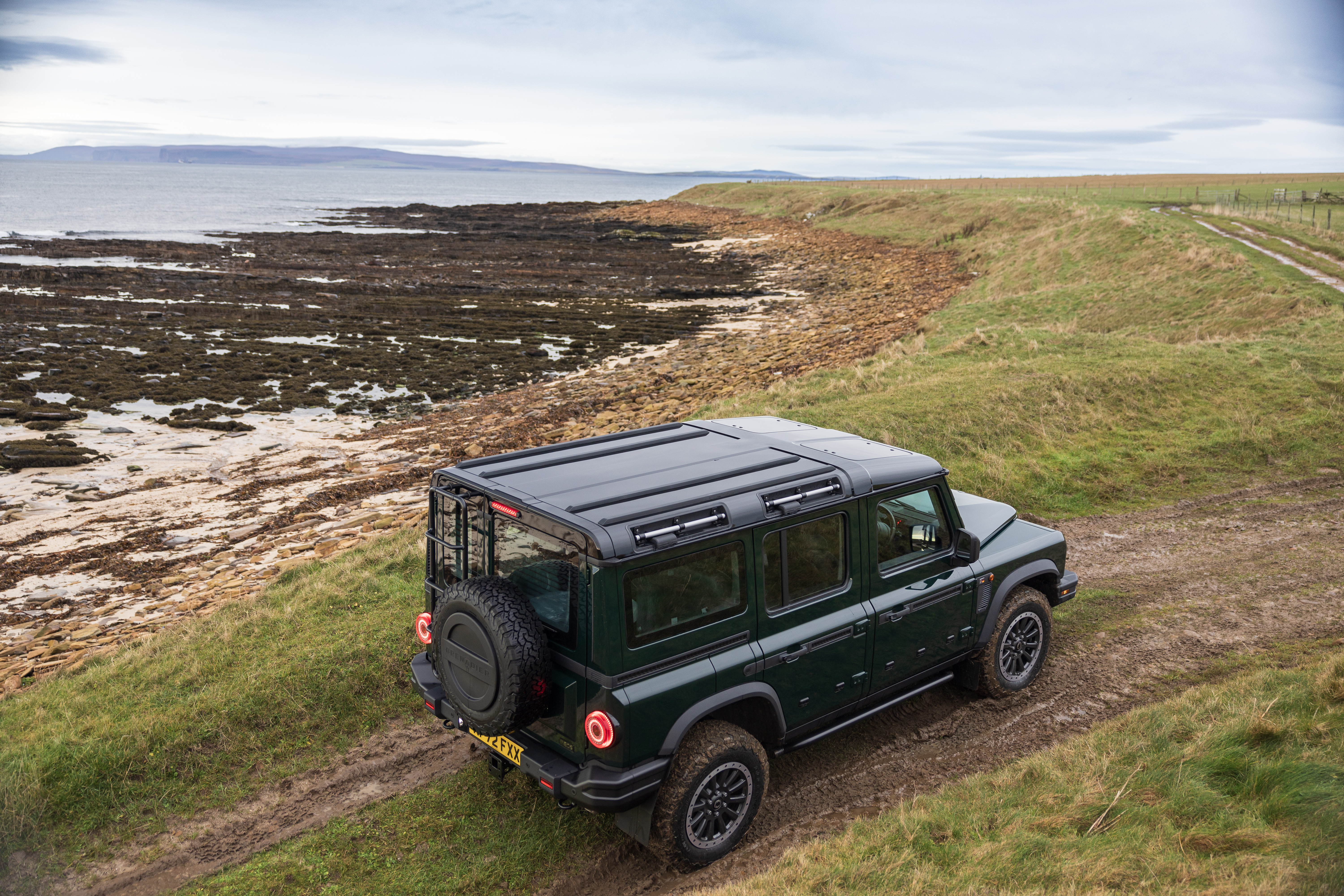
As for pricing, it kicks off at $97,000 and stretches pretty much as far as you want to take the accessories. There are three main models: regular Grenadier, Trialmaster and Fieldmaster. The standard model misses out on the front and rear lockers of the others, but provides the basics for those who want to accessorise elsewhere. The Trialmaster keeps those cool-looking steel wheels but gets the optional Bf Goodrich KO2 LT rubber as well as a ladder and auxiliary battery under the back seat. The Fieldmaster switches to alloy wheels and gets safari windows in the roof as well as leather, heated seats and carpet floor mats.
Of course, the one thing we can’t test over two days and close to 1000 kilometres is how it will deal with hundreds of thousands of kilometres of harsh Aussie roads. That’s where you guys, many years of punishment and hundreds of laps of the country come in.
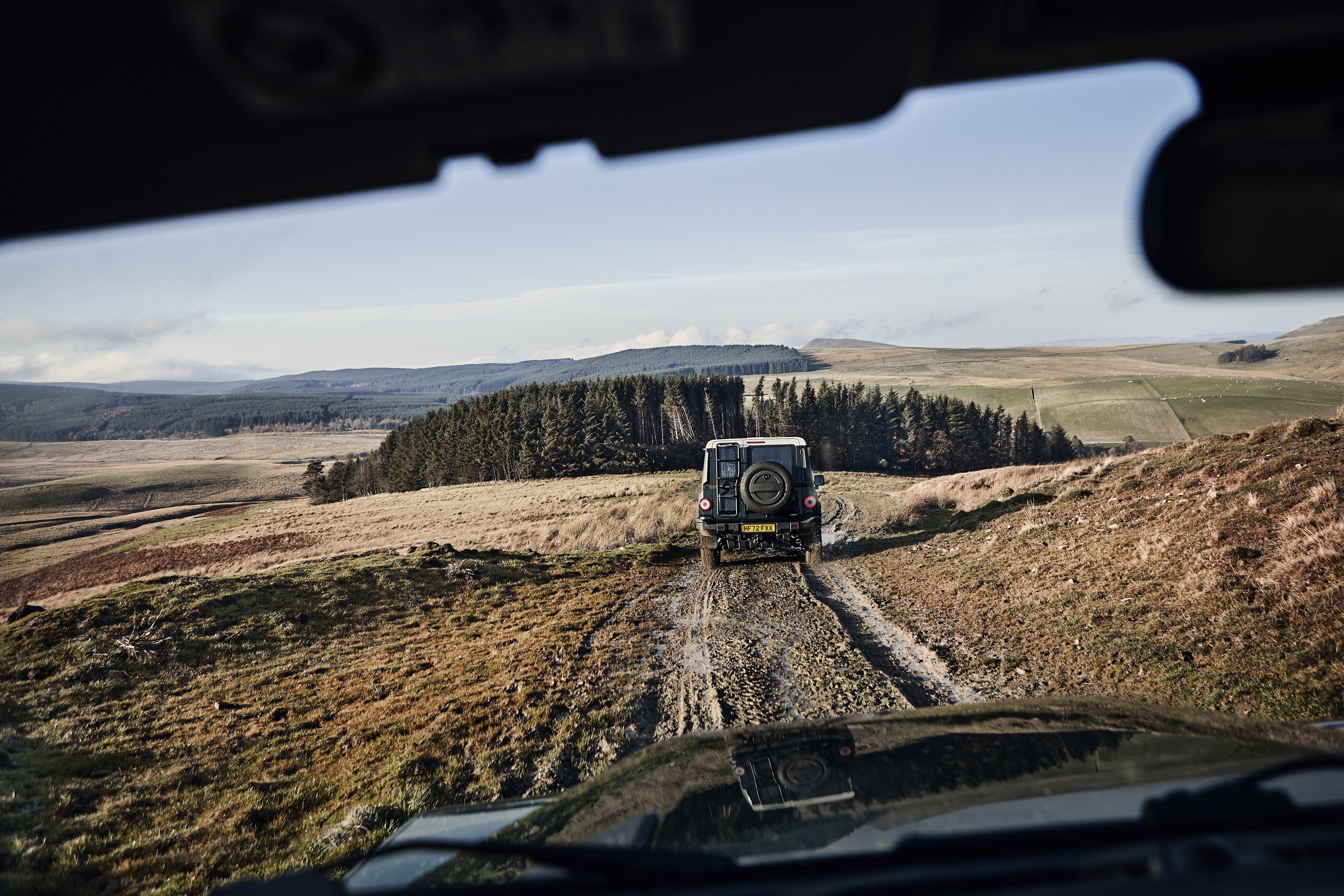
On sale: Q2 2023
Price: From $97,000
Body: 4-door wagon
Length/width/height/wheelbase: 4855mm/1930mm/2050mm/2922mm
Kerb weight: 2618-2717kg
Gross vehicle mass (GVM): 3550kg
Gross combination mass (GCM): 7000kg
Payload: 833-932kg
Tow capacity: 3500kg
Dynamic roof load limit: 150kg
Static roof load limit: 420kg
Diesel engine: BMW 3.0-litre inline six-cylinder turbo; 183kW/550Nm
Petrol engine: BMW 3.0-litre inline six-cylinder turbo; 210kW/450Nm
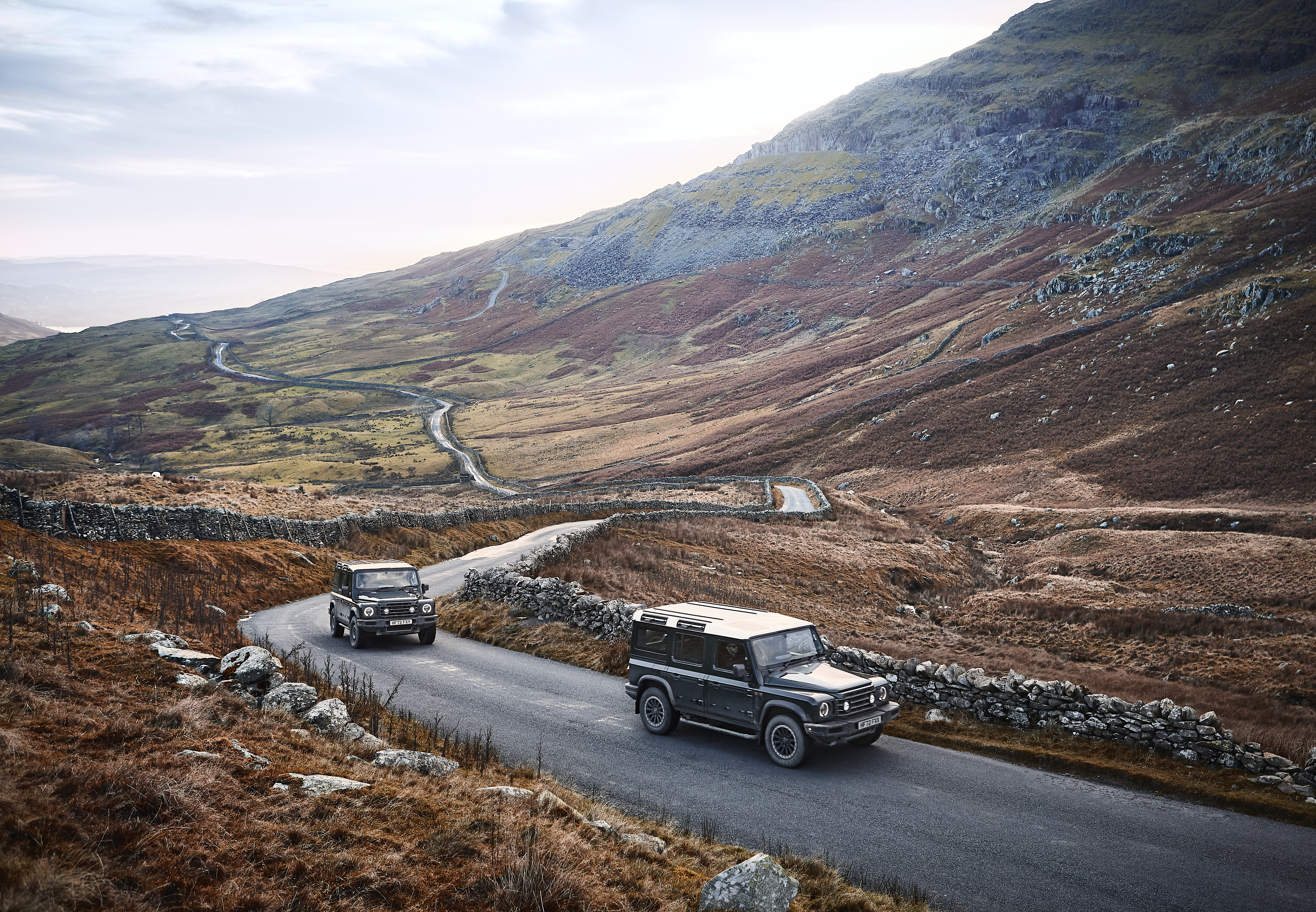
Fuel tank capacity: 90 litres (larger tank to be offered as an accessory)
Transmission: 8-speed ZF auto
4WD system: Dual-range permanent 4×4
Tyres: Bridgestone AT or BF Goodrich AT KO2 LT
Tyre size: 265/70 R17 or 255/70 R18
Ground clearance: 264mm
Approach angle: 36.2 degrees
Rampover angle: 28.2 degrees
Departure angle: 36.1 degrees
Wading depth: 800mm
Wheel travel: 585mm